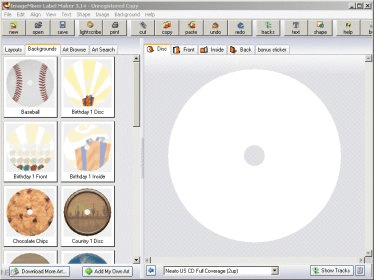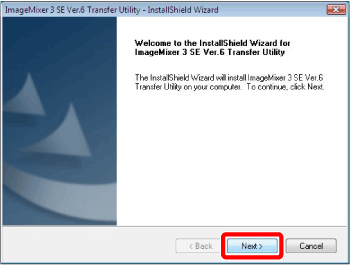

If mixer VSWR is perfect there will be minimum reflections. The three types of mixer isolation is specified as L-I isolation, L-R isolation and R-I Mixer Isolation from port 1 to port 2 is same as from port 2 to port 1. The isolation between ports is reciprocal and hence it is measured only in one direction. Isolation between LO and RF port = Pin LO-Pout RF Then isolation(dB) between these two ports is expressed as: Isolation is measured as difference in input power signal and leakage power available at other ports.įor example, if we feed input signal at LO port and obtain output at RF port, Practically, there will be some amount of power leakage exists at LO, RF and IF ports. Typical values of isolation are between 15-25dB. Usually LO/RF or LO to RF isolation is specified. The desired port isolation is schieved using mixer balance circuit and use of hybrid junctions at appropriate

It is measure of amount of power which leaks from one mixer port to the another. If this is not taken care, it will drive the device into saturation. While designing power levels in the rf circuit line up, output power should be less than output 1dB compression point of mixer device It is defined as input power needed to increase conversion loss by value of 1dB from ideal.ġ dB compression point is considered as a measure of linearity of RF mixer. Output vary in nonlinear relation with the input. However when input power becomes too large in magnitude, 1dB to 1dB relation ship will not exist and If input power increases by 1dB, output power will accordingly increase by 1 dB. Typical values of conversion loss is between 5 to 10 dB.ġdB compression: As we know under normal mixer working, conversion loss will be constant In other words, conversion loss is the difference between input RF power and output power level.įor example, if we are converting from IF to RF frequency then,Ĭonversion Loss in dB = Power at output RF frequency in dBm - Power at input IF frequency in dBm It is the ratio of output signal to the input signal. This help us to decide power level of other input port(either RF or IF) compare to LO input port. LO power level should be 15-20 dB higher than RF Power for optimum performance. This is required as part of rule of thumb for using mixers in Rf circuit design. Power Level: This is the power level of the signal to be fed at the mixer ports. This is the range for which mixer has been designed to provide optimum performance as desired. These terminologies are the mixer specifications used while selecting the mixerįor rf circuit design as described above.įrequency Range: These have been specified for all the ports of the RF mixer device. Let us understand RF Mixer terminologies. There are specially designed image reject mixers which does the function of removal of these This image frequency need to be filtered out in up conversion. In up-convert mixers, image frequency will be unwanted sideband, which has amplitude at level same as wanted desired signal. In down-convert mixers, image frequency will be converted directly to IF position along with IF frequency itself. Here image frequency will exist at (f LO+f IF) in frequency spectrum. When LO frequency is higher than RF frequency, then image fequency will be higher

Here image frequency will exist at (f LO-f IF) in frequency spectrum. If LO frequency is lower than RF frequency, then image frequency will be This frequency translation process is known as up conversion. It converts lower IF frequency or baseband frequency to a higher IF or RF frequency to provideĮfficient power transmission in the RF transmitter part. This frequency translation process is known as down conversion. It converts RF to lower IF frequency or to baseband to make signal processing easier in the RF receivers. RF mixer device is used in up conversion and down conversion modules of RF Transceiver. Spectral components of the RF mixer are mentioned in the figure-1.Īs shown it produces +/-m(Input1)+/-n(Input2) where in Input1 and Input2 are input frequencies.įigure-1 mentions upto third harmonics of inputs. It is considered a linear device because it keeps the properties of input signal intact while doing frequency translation. It has two input ports and one output port.įor Up frequency conversion, IF and LO are used as input ports and output will be available at RF port.įor down frequency conversion, RF and LO are used as input ports and output will be available at IF port.Īctually it is a non linear device and used for shifting signal from one frequency to the other point in the spectrum. This page of RF tutorial section covers RF mixer tutorial.It covers RF mixer basics, its use in rf circuit design, terminologies, This section of RF Mixer tutorial covers following sub topics: RF Mixer tutorial RF Up converter design using RF mixer Basics Vendors Balanced mixers FET & Image reject mixers


 0 kommentar(er)
0 kommentar(er)
